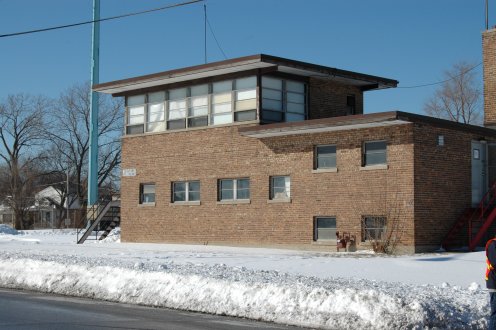
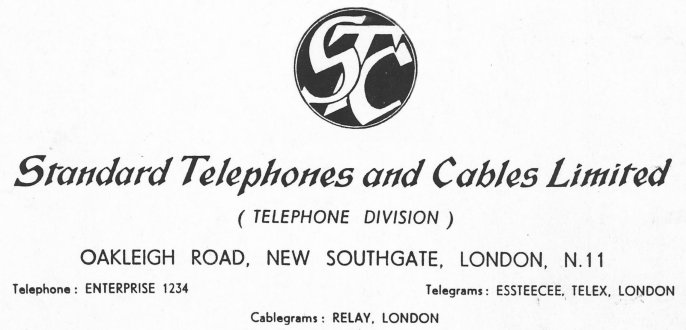
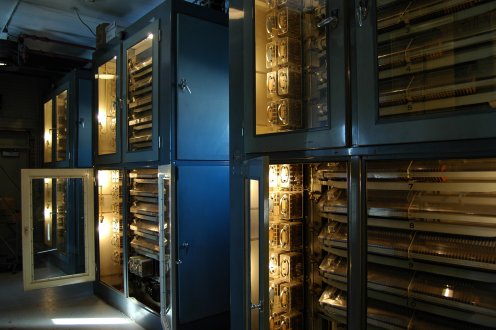 |
Left: First Floor, Interlocking Machine Right: Second Floor, Panel |
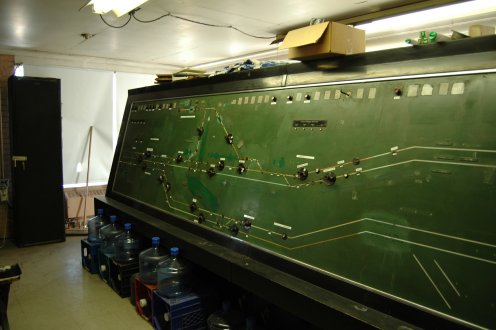 |
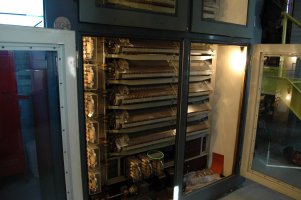 |
Left: Cabinet of Sequence Switches. Right: Close-up view of Sequence Switch |
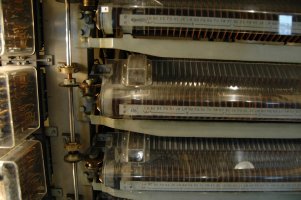 |
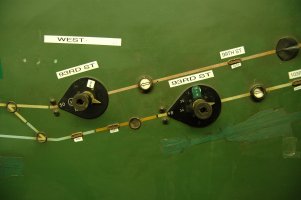 |
Both: Route Selection Keys | 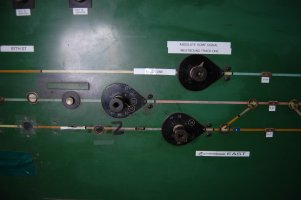 |
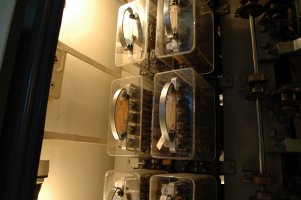 |
Both: Auxiliary Sequence Switch Relays, located to the left of the Sequence Switches. | 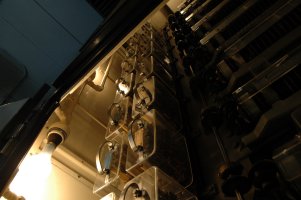 |
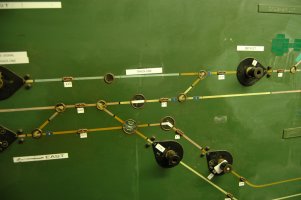 |
Both: Track Indicators and Switch Point Indicators on the Panel | 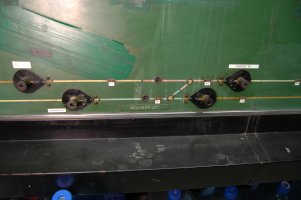 |
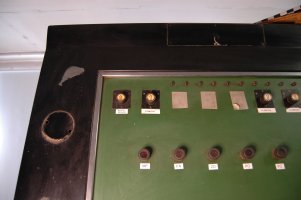 |
Both: Switch Point Control Keys at the top of the Panel. | 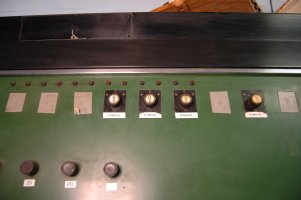 |
 |
 |
 |
 |
 |
 |
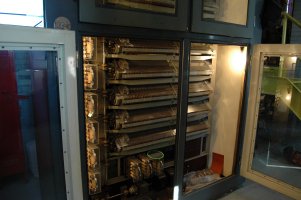 |
 |
 |
 |
 |
 |
 |
 |
 |
 |
 |
 |
 |